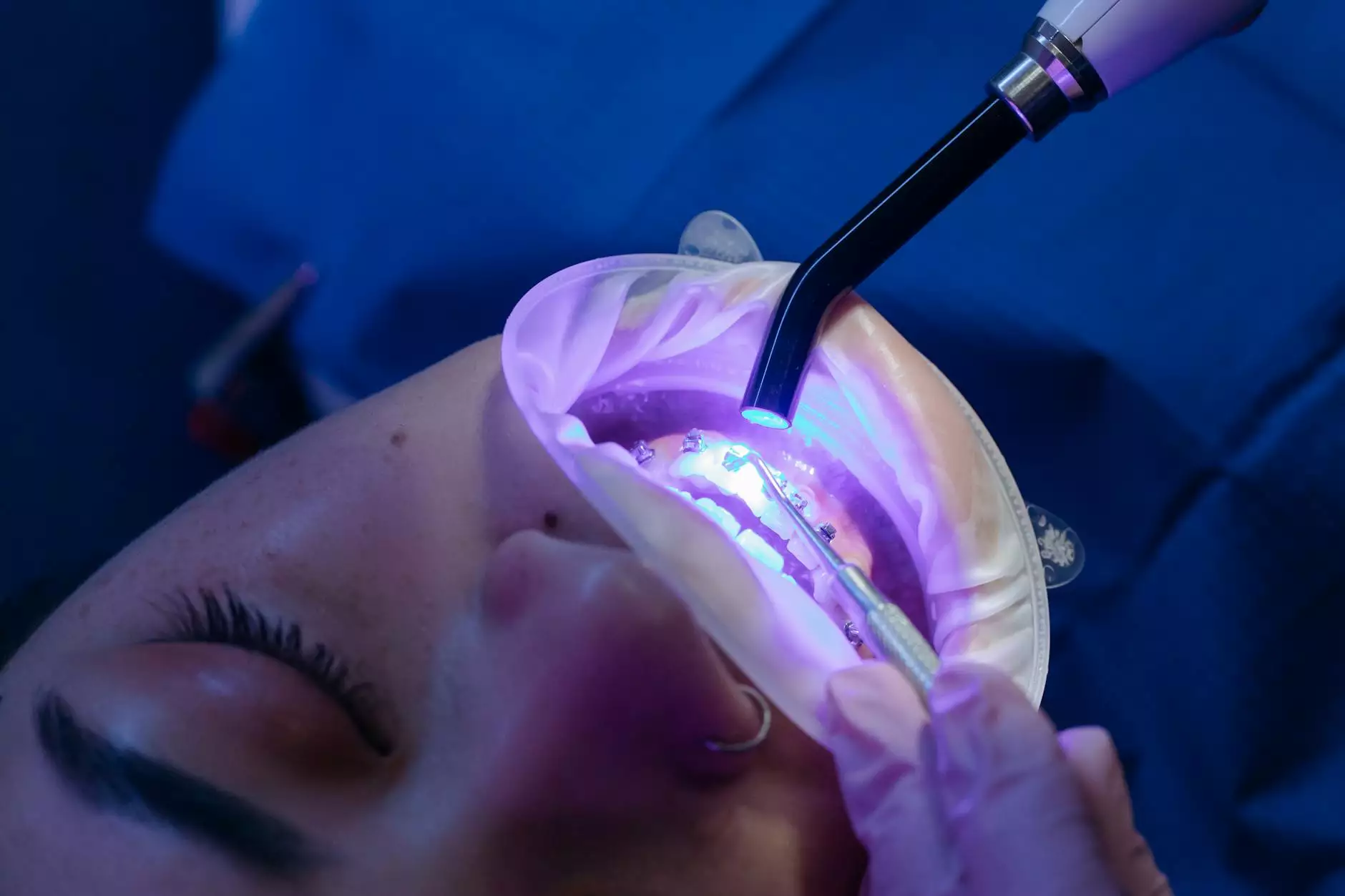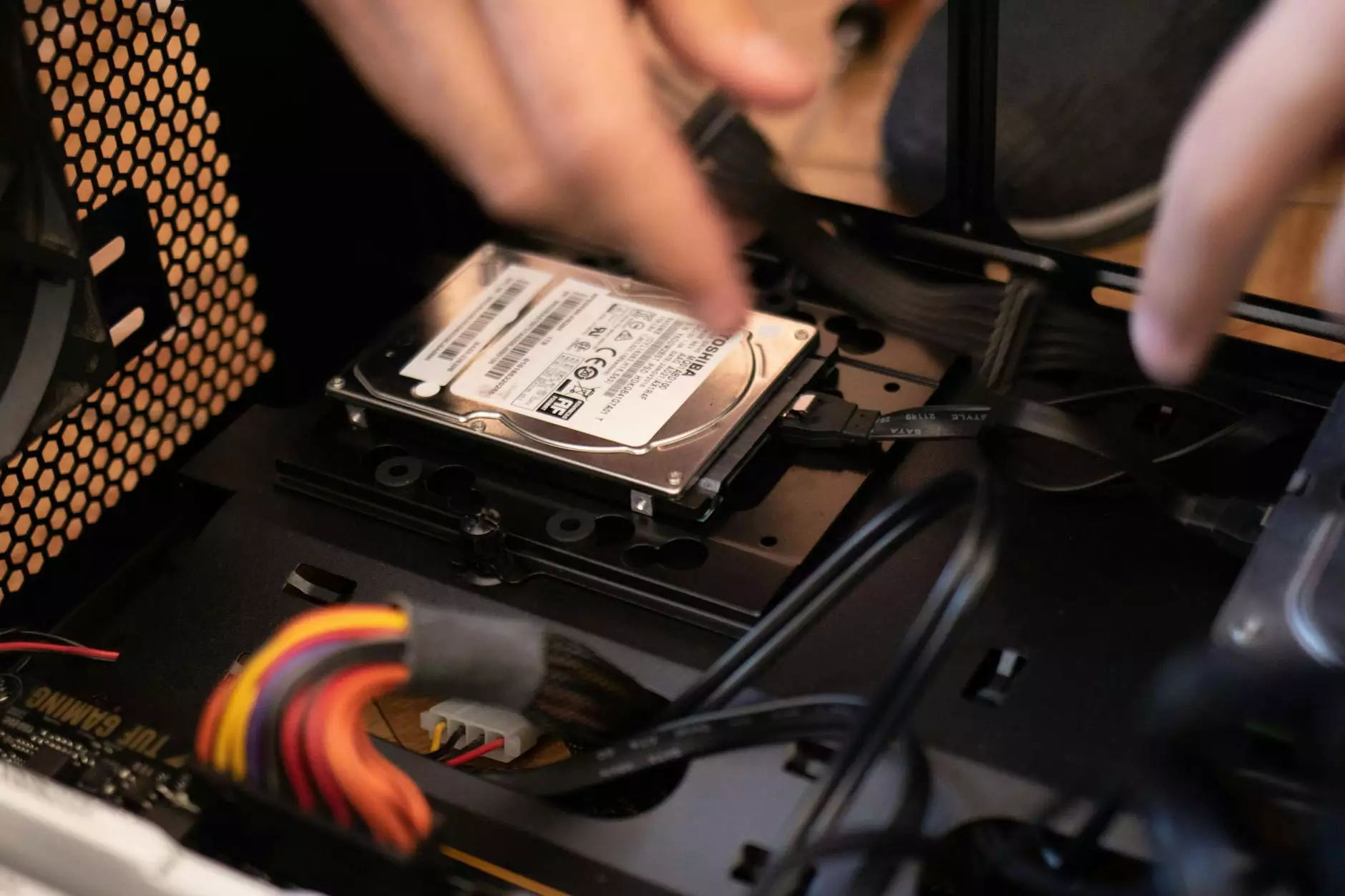CT Scan for Lung Cancer: A Comprehensive Guide

Lung cancer remains one of the most prevalent forms of cancer worldwide, with millions affected every year. Early detection is crucial for improving survival rates, and among the various diagnostic tools available, the CT scan for lung cancer has emerged as a pivotal option for patients and healthcare providers alike. This article delves into the significance of CT scans in lung cancer diagnosis, the procedure itself, potential risks, benefits, and much more. Let’s explore how this technology is transforming health outcomes in the realm of oncology.
Understanding Lung Cancer
Lung cancer is characterized by the uncontrolled growth of abnormal cells in one or both lungs. It generally falls into two categories, namely:
- Non-small cell lung cancer (NSCLC): This is the most common type, accounting for approximately 85% of cases.
- Small cell lung cancer (SCLC): This type is less common but tends to grow and spread more quickly.
The development of lung cancer can often be attributed to risk factors such as:
- Smoking
- Exposure to radon gas
- Asbestos exposure
- Family history of lung cancer
- Air pollution
Why is Early Detection Important?
Early detection of lung cancer significantly increases the chances of successful treatment. When lung cancer is diagnosed at an early stage, patients have a better prognosis and more treatment options available. The CT scan for lung cancer plays an integral role in this early detection, allowing medical practitioners to identify lung nodules or masses before symptoms appear.
What is a CT Scan?
A CT (Computed Tomography) scan combines X-ray technology with computer processing to create detailed images of the body. This powerful imaging technique provides cross-sectional views of internal organs and structures, helping healthcare professionals to detect anomalies, including tumors in the lungs.
The Procedure: What to Expect
Undergoing a CT scan is generally a straightforward process:
- Preparation: Patients may be advised to avoid eating or drinking for a few hours before the scan.
- In the Imaging Room: Patients will lie on a table that moves through the CT machine. They may be asked to hold their breath at times to ensure clarity in the images.
- Scan Duration: The entire process typically takes about 10 to 30 minutes.
- After the Scan: Patients can usually return to their normal activities immediately unless they have received a sedative.
How does a CT Scan Detect Lung Cancer?
The key function of a CT scan for lung cancer is its ability to visualize structures within the lungs, allowing radiologists to pinpoint any irregular masses or nodules. The scan can identify:
- Size and Shape: The characteristics of any masses can provide clues about whether they may be cancerous.
- Location: Understanding where a tumor is located helps in planning treatment.
- Spread: CT scans can show whether cancer has spread to nearby lymph nodes or other organs.
Benefits of CT Scans for Lung Cancer Detection
Opting for a CT scan in the context of lung cancer screening offers numerous advantages:
- High Sensitivity: CT scans can detect smaller nodules that may not be visible through regular chest X-rays.
- Non-invasive: The scan is non-invasive, making it a safer option compared to more invasive diagnostic procedures.
- Guided Biopsies: If abnormalities are found, CT scans can help guide biopsies to ensure accurate sampling.
- Monitoring Progress: For diagnosed patients, CT scans can be used to monitor the effectiveness of ongoing treatment.
Potential Risks and Considerations
Like any medical procedure, CT scans come with certain risks that should be considered:
- Radiation Exposure: CT scans involve exposure to radiation, which can increase the risk of cancer over a lifetime. However, the benefits often outweigh the risks when used appropriately.
- False Positives: Occasionally, a CT scan may detect a nodule that appears suspicious but is actually benign, leading to unnecessary worry or procedures.
- Contrast Material Reactions: Sometimes, a contrast dye may be used; patients should inform healthcare providers about any allergies.
Preparing for a CT Scan
Preparation for a CT scan for lung cancer is essential to ensure accurate imaging. Here are some tips:
- Consult Your Doctor: Discuss any medications you take and disclose allergies to contrast materials.
- Avoid Certain Activities: Follow pre-scan instructions regarding food and drink consumption.
- Relax: Try to stay calm and still during the scan to enhance image quality.
Following Up After a CT Scan
After a CT scan, results are typically interpreted by a radiologist. Patients should expect a follow-up appointment to discuss findings, which may include:
- No Findings: If no abnormalities are discovered, family physicians will provide patients with a routine follow-up plan.
- Suspicious Nodules: If nodules are found, further imaging or biopsy may be recommended to determine the nature of the growth.
Innovations in Lung Cancer Screening
The field of lung cancer screening is evolving rapidly, with new techniques and technologies enhancing the capabilities of traditional CT scans:
- Low-Dose CT Scans: These scans use lower radiation doses while maintaining image quality, significantly reducing the risk associated with screening.
- Artificial Intelligence (AI): AI is making strides in analyzing imaging data, potentially improving accuracy in the detection of lung nodules.
As a Part of a Comprehensive Healthcare Approach
Integrating CT scans for lung cancer into a comprehensive health strategy is crucial. Beyond imaging and diagnosis, patients should engage in:
- Regular Check-Ups: Consistent medical examinations contribute to overall health management, especially for high-risk patients.
- Healthy Lifestyle Choices: Quitting smoking, maintaining a balanced diet, and exercising can reduce lung cancer risks.
- Support Systems: Access to support groups and counseling can provide emotional relief and practical advice for patients and families.
Conclusion
In conclusion, the CT scan for lung cancer is a vital component of early detection and effective treatment strategies. As technology advances and methodologies improve, the importance of such non-invasive diagnostics cannot be overstated. With early detection and comprehensive health strategies, many can successfully combat the challenges posed by lung cancer.
If you or a loved one is at risk for lung cancer or may be experiencing symptoms, consult with a healthcare provider to discuss the benefits of a CT scan and develop a screening plan tailored to your needs.
For more information about health services related to lung health and cancer care, visit HelloPhysio.sg.









